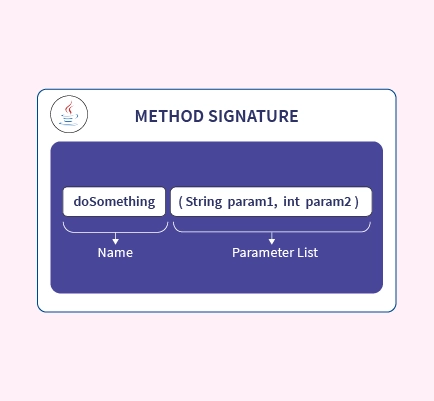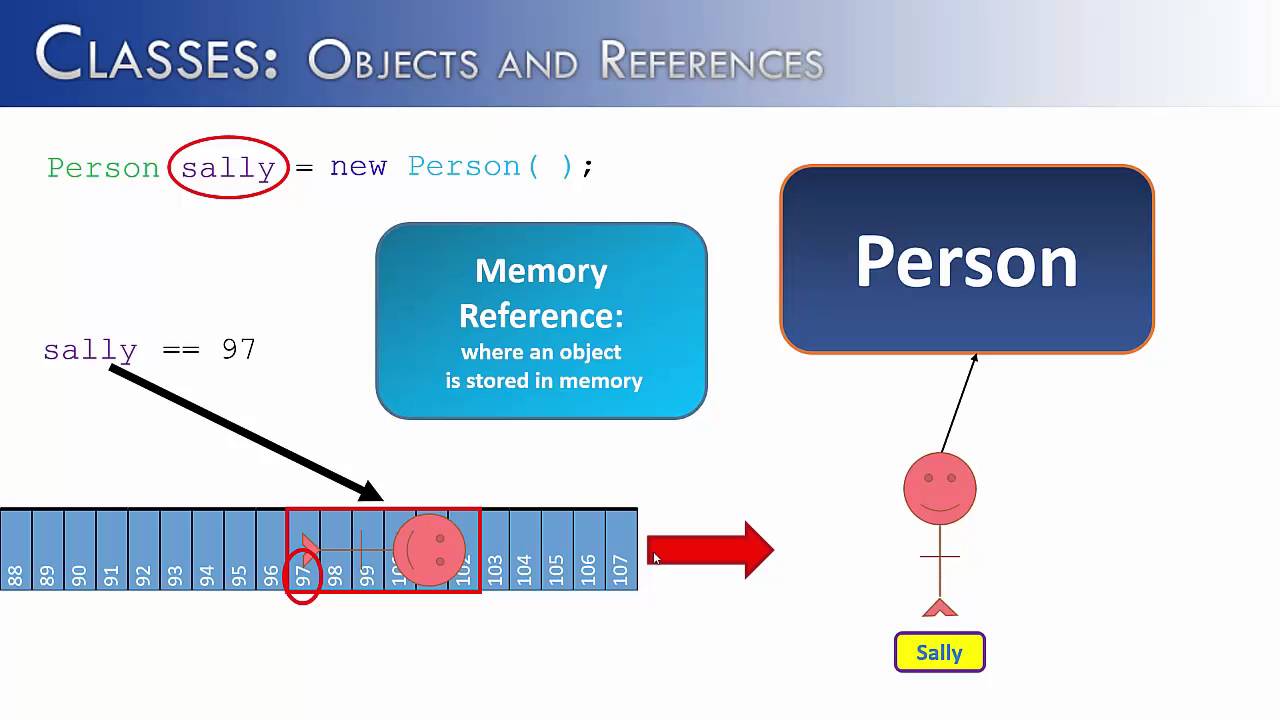APCSA 2.6 Vocabulary
1/14
Earn XP
Description and Tags
Name | Mastery | Learn | Test | Matching | Spaced |
|---|
No study sessions yet.
15 Terms
attribute
the data of an object that will constitute the state of an object. Attributes are defined in a class
method
(of an object): defines the behavior that is performed on an object’s data.
class
the formal implementation, or blueprint, of the attributes (data) and behaviors (methods) that the objects of its type support
object
a specific instance of a class with defined attributes
Instantiation
the act of creating an object for use in a program
instance
a specific realization of an object
new
a Java reserved word that is used to create an object
parameter
a value that is passed to a method or a constructor to provide the data for the object’s initial state
constructor
a special method of a class that initializes an object of that type
The 2 parts of the method signature
the name of the method
the type and order of all parameters

Formal parameters
listed in the header of a method
Actual parameters
values passed into a method
The Difference Between Actual and Formal Parameters
Actual parameters are those parameters that are specified in the calling function. While on the other hand, formal parameters are those parameters that are declared in the called function.
(https://byjus.com/gate/difference-between-actual-and-formal-parameters-in-pl-sql/)
object reference
an address that indicates where an object’s variables and methods are stored.

Null
a special value used to indicate that a reference is not associated with any object